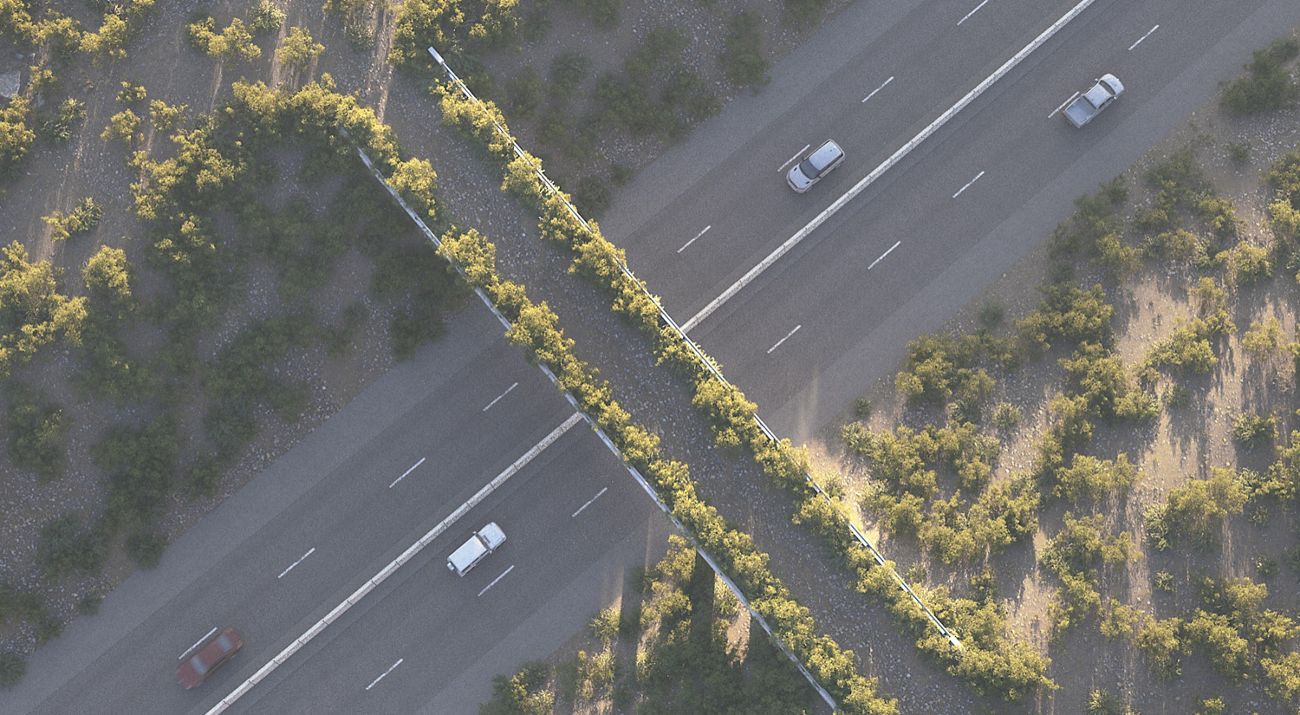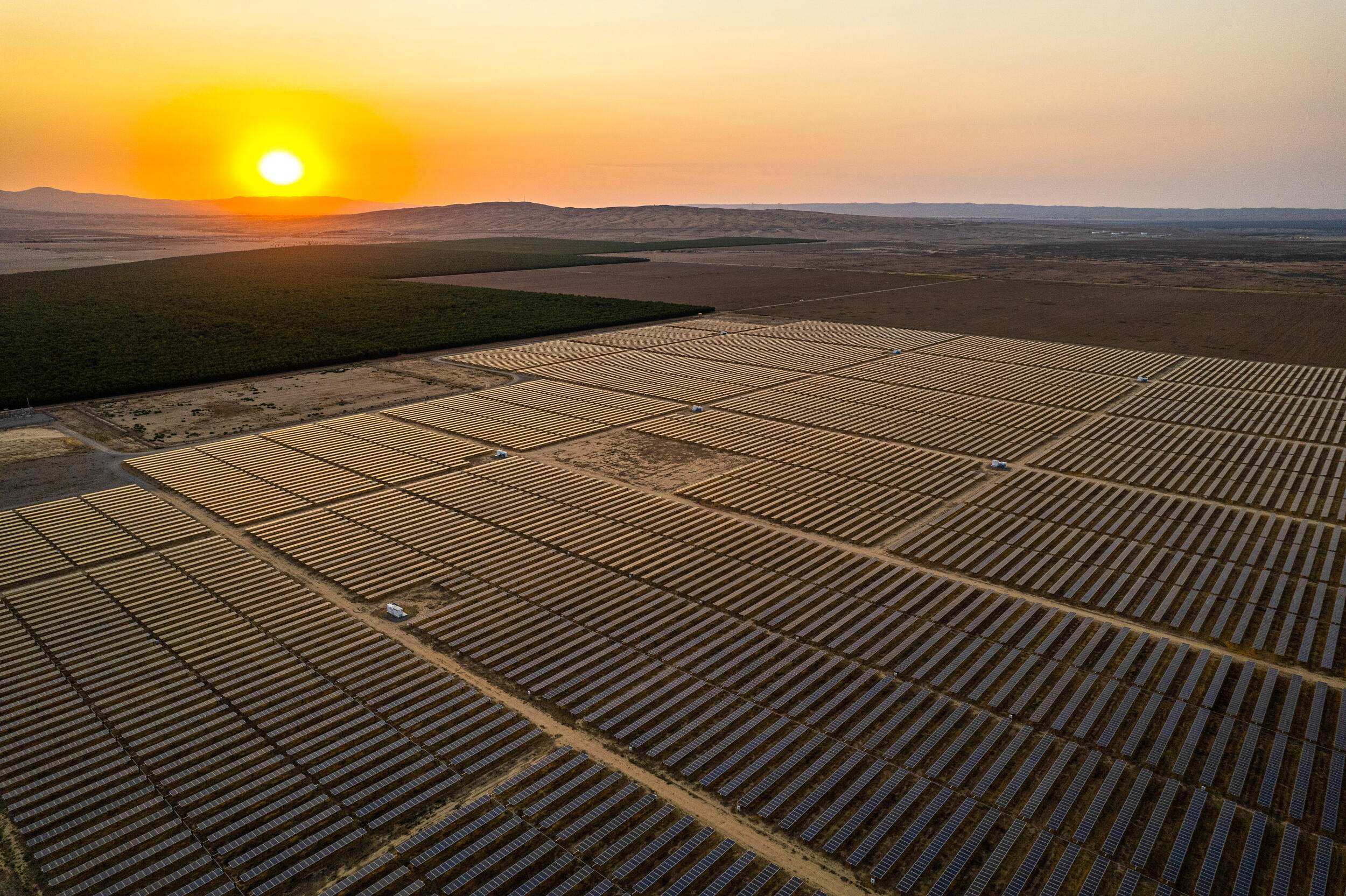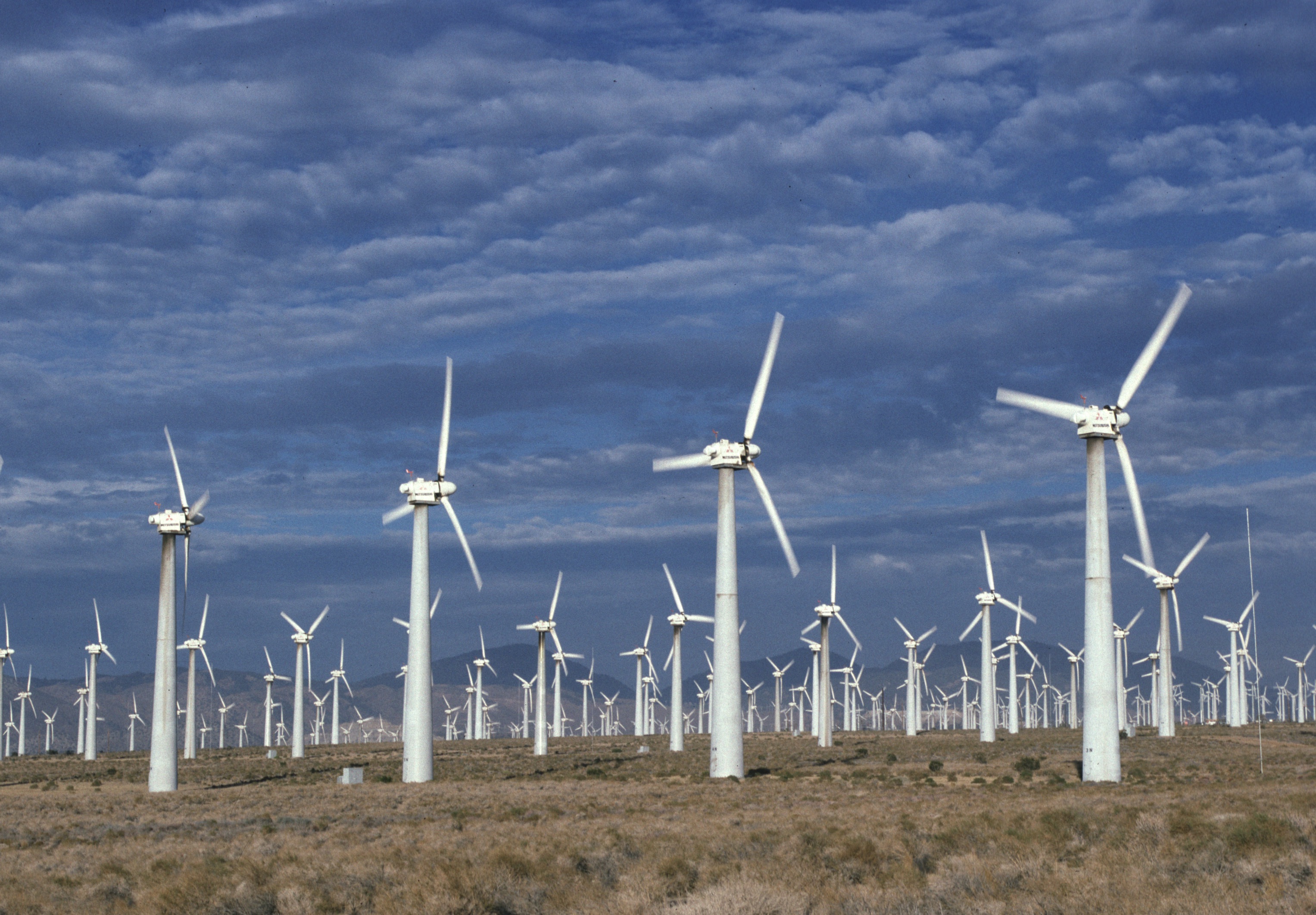Mitigation Credit Agreement
MCAs are a tool to create advance mitigation, grounded in a conservation strategy.


Why develop an MCA?
- It’s a flexible advance mitigation crediting mechanism
- Allows for compensatory mitigation for impacts to an array of ecological resources
- Credits can be sold to others, or they can be retained and used by the sponsor for future mitigation needs
- Can be created on multiple sites with the same overall purpose
- Can be developed at sites with excess mitigation
- Can be developed on private or public lands
- Can provide credits for wildlife crossings and fish passage projects

Benefits of MCAs and advance mitigation
- Accelerates funding for conservation actions
- Eases project delivery
- Fosters partnerships
An MCA provides a mechanism for advance mitigation based on regional planning. It is an agreement between CDFW and a sponsor that creates credits for conservation or habitat enhancement actions that benefit targeted species, habitats, or other sensitive resources as described in the corresponding RCIS.
MCAs must be located within an approved RCIS boundary and implement actions consistent with the relevant RCIS. The sponsor can use credits created for themselves or they can sell credits to other entities that need mitigation. The credits created may be used to fulfill compensatory mitigation requirements required by CDFW permits such as CEQA, CESA, and Lake and Streambed Alteration programs. An MCA may include credit types for other local, federal, or state agencies if they are included as an acknowledging agency, which CDFW can help facilitate.
Things to know about MCAs
MCA Approaches
-
A Mitigation Credit Agreement is an agreement between CDFW and an MCA sponsor to implement one or more actions described in the RCIS to create advance mitigation credits.
An MCA includes the terms and conditions under which the MCA sponsor may use or sell credits. Other federal, state, or local agencies can be acknowledging agencies, which allows them to sign onto, or otherwise acknowledge, the MCA to indicate it meets their mitigation standards and requirements; alternatively, other agencies may accept the use of MCA credits after an MCA is established (See Section 5.2 in the RCIS Program Guidelines).
If you are implementing a connectivity project, you could develop a connectivity MCA which allows you to create more credits under the Connectivity Advance Mitigation (CAM) Guidelines based on the ecological uplift to the target resource(s) such as species or habitats. See the Connectivity section for more information.
-
This is an optional, brief, concept-level proposal that is helpful as the sponsor is considering an MCA. It allows CDFW to provide initial feedback on the adequacy of a particular site or proposed action. CDFW will review and evaluate it to determine feasibility.
An MCA Concept allows an MCA sponsor to know if they are on the right track at an early stage before investing a lot of resources. See Section 5.5.1.3 of the RCIS Guidelines.
-
An MCA Framework identifies a suite of conservation actions that are typically aligned by geography, action or resources covered.
An MCA Framework allows for approval of MCA components prior to identifying all the MCA sites, which can save time and money as individual MCAs are submitted. An approved MCA Framework can be used for multiple MCAs or MCAs with multiple sites. See Section 5.5.1.4 of the RCIS Guidelines.
Features of an MCA
-
Any entity can be an MCA sponsor and create an MCA to generate advance mitigation credits. Any person (e.g. landowner), or a public or private entity such as public infrastructure agencies, open space districts, land trusts, mitigation bankers and others can take the role of an MCA sponsor (the entity responsible for preparing, establishing and operating an MCA or MCA Framework).
For example:
- A transportation or flood protection agency can create credits to offset their project(s)’ impacts of species and/or habitats, and/or they can sell their excess credits.
- A private conservation organization can create credits for their planned conservation or habitat enhancement action(s).
- A private landowner can create an MCA on their property, creating credits that they can sell to entities needing mitigation credits for the targeted species and/or habitats.
A project proponent, such as an infrastructure agency, can develop a co-op agreement with an entity (such as a mitigation practitioner or NGO) to fund MCA development and actions, and receive the credits once released.
-
An MCA generates advance mitigation credits for actions that are consistent with an approved RCIS.
Actions listed in an approved RCIS may be considered conservation actions (requiring permanent protection) or habitat enhancement actions (does not involve land acquisition or permanent protection). An RCIS might not indicate which type of action it is; however, the MCA sponsor must distinguish between these types when deciding which actions they choose to implement.
Actions must show a net ecological gain in order to create credits. Examples of actions that, when implemented, can create MCA credits include:
- Habitat preservation or establishment
- Fish and wildlife corridors and habitat connectivity
- Passages and infrastructure crossings to benefit habitat and/or species
- Exceeding a project’s mitigation requirements to benefit habitat and/or species
- Actions on public lands (including CDFW owned lands) that exceed required preservation or establishment of habitat and/or species benefits
MCAs incentivize land protection, restoration, enhancement, development of wildlife crossings, fish passage projects, and other habitat connectivity actions, by creating credits that can be sold or used by the MCA sponsor.
-
An RCIS’s conservation goals and objectives, and actions to advance these goals and objectives, are organized around focal species and other conservation elements. Focal species, identified by RCIS proponents, are typically sensitive species that often need mitigation, and have their own unique goals, objectives, actions and priorities listed in an RCIS.
Non-focal species are those that are associated with a focal species or other conservation element in an RCIS due to shared ecological needs and requirements. Non-focal species can benefit from the implementation of actions for an associated focal species or other conservation element.
Other conservation elements, also identified by the RCIS proponent, are the important resources and processes within the RCIS area, including important natural communities, habitats, habitat connectivity, ecosystem processes, and water resources. Other conservation elements are not species.
MCA sponsors can create advance mitigation credits for any focal species, non-focal species, or other conservation element as long as an applicable RCIS action is implemented.
-
MCAs enable mitigation on public lands, which is a unique feature of MCAs.
This recognizes the benefits of incentivizing conservation actions that provide ecological uplift on public lands. An example is an MCA intending to restore habitat on publicly owned land — the land may be owned by a public agency (e.g., CDFW, USFWS, State Parks) but is in poor quality. In this example, if the habitat was restored and managed in perpetuity, it would benefit a targeted species and habitat. MCAs can provide funding for conservation and habitat enhancement actions once established by selling the created credits once the actions are completed or through an agreement with a project proponent who will fund the actions.
MCA Credit Uses and Types
-
MCAs create credits that can be used to fulfill compensatory mitigation requirements established in permits issued by local, state or federal agencies. CDFW permits include California Environmental Quality Act (CEQA), California Endangered Species Act (CESA), and Lake and Streambed Alteration (LSA) Agreements.
While the RCIS Program is a CDFW program, MCA credits can also be used to fulfill compensatory mitigation requirements established under any local, state, or federal environmental law, as determined by the applicable agency. When another agency signs onto the MCA, they are considered an acknowledging agency.
CDFW encourages MCA sponsors to identify and communicate with potential acknowledging agencies early in the MCA development process to ensure the MCA credits would be compatible with their permits (e.g. CWA 404 and 401, and ESA). Acknowledging agencies may include, but are not limited to, the US Fish and Wildlife Service, Regional Water Quality Control Boards, US Army Corps of Engineers, US Environmental Protection Agency, and National Marine Fishery Service. CDFW will collaborate and coordinate the establishment of MCA credits, with the acknowledging agencies. (See RCIS Program Guidelines Sec. 5.2.1.)
-
In addition to the typical permanent credits, a unique and innovative feature of an MCA is the ability to create non-permanent establishment credits resulting from the implementation of habitat enhancement actions.
The three types of MCA credits are:
- Permanent preservation credits as conservation actions;
- Permanent establishment credits as conservation actions; and
- Non-permanent establishment credits as habitat enhancement actions.

This graphic shows a table containing a summary of three types of Mitigation Credit Agreement (MCA) credit types. In the left column is a summary of the three types: permanent preservation credits, permanent establishment credits, and non-permanent establishment credits. In the right column are the summaries of each. Permanent preservation credits implement RCIS actions to protect, preserve, and manage conservation elements in perpetuity. Permanent establishment credits and non-permanent establishment credits implement RCIS actions to create, restore, or enhance conservation elements.
Dive deeper into MCAs
Follow the links below to see the CDFW Website and MCA section, as well as a presentation by CDFW staff regarding MCAs. Contact CDFW RCIS Program team at RCIS@wildlife.ca.gov for specific questions.